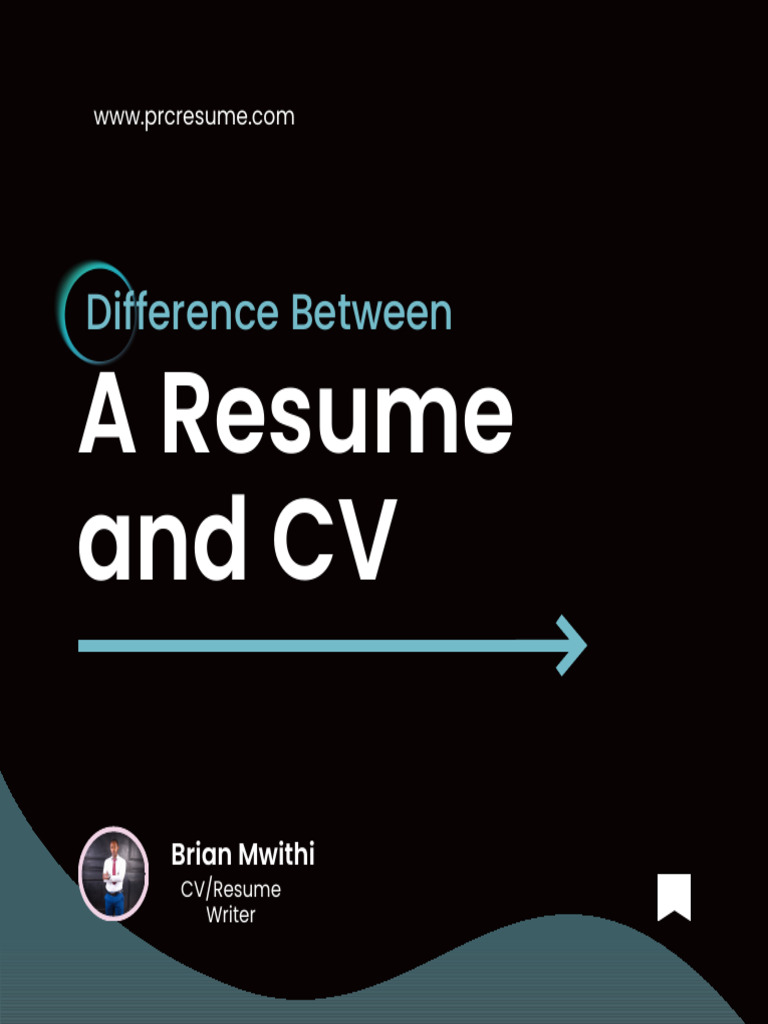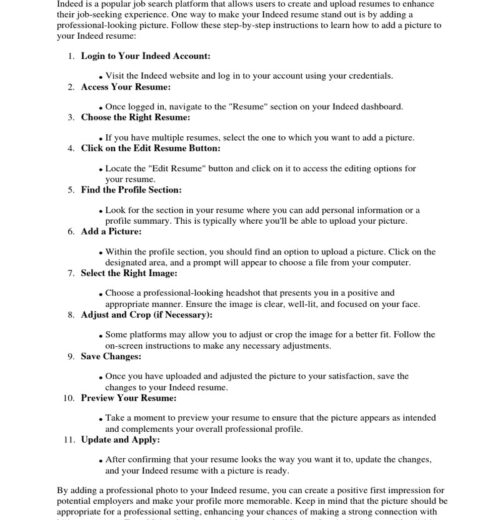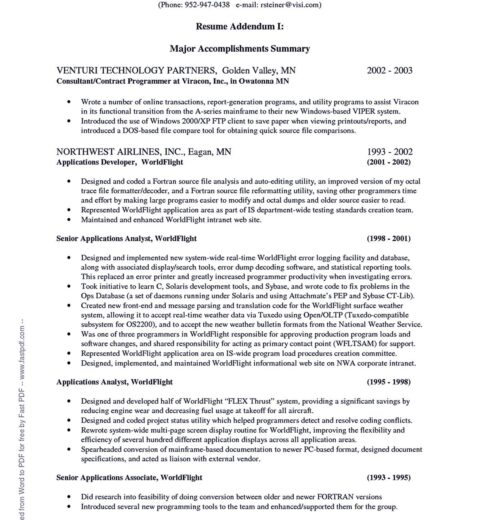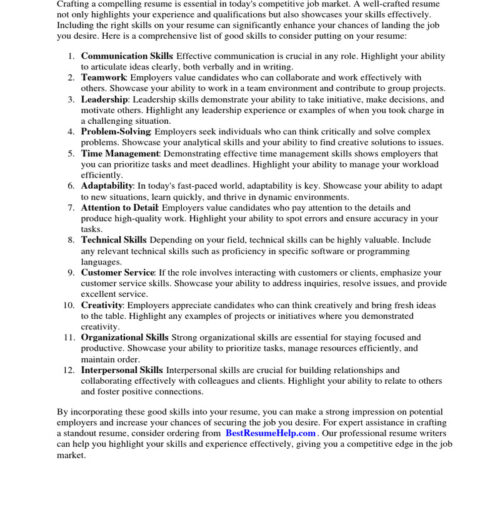The distinction between a Curriculum Vitae (CV) and a resume has often led to confusion among job seekers and professionals alike. Understanding the subtleties between these two crucial documents is imperative for effectively showcasing one’s qualifications to potential employers. This article delves into the intricacies of CVs and resumes, elucidating their characteristics, structural differences, and applications in various professional contexts.
To begin with, it is essential to define both terms clearly. A CV, derived from the Latin phrase “curriculum vitae,” translates to “the course of one’s life.” It is an exhaustive document that provides a comprehensive overview of an individual’s education, qualifications, work experience, publications, and other relevant details. Typically, a CV is persona-specific, meticulously chronicling the career trajectory of the individual. On the other hand, a resume is a succinct, targeted document that summarizes relevant skills and experiences tailored to a specific job application. While the primary goal of both documents is to present qualifications, they serve distinct purposes and are used in different contexts.
One of the foremost differences between a CV and a resume lies in their length and level of detail. Generally, CVs are considerably longer than resumes, often spanning multiple pages, particularly in academia or research-oriented professions. They encompass in-depth information about education, including degrees obtained, institutions attended, and dates of attendance. Additionally, CVs include sections such as professional affiliations, academic honors, certifications, research interests, and extensive publications. In contrast, resumes are typically one to two pages long, emphasizing brevity and relevance. They require individuals to distill their qualifications to the most vital information that directly correlates with the position for which they are applying.
Furthermore, the content and structure of each document differ significantly. CVs are organized chronologically or thematically, allowing candidates to provide a holistic picture of their academic and professional journey. Sections may include personal details, education, work experience, skills, linguistic proficiencies, and volunteer experience, among others. The CV format is more versatile, accommodating variations that cater to specific fields, such as academia, healthcare, or science. Conversely, resumes often employ a more straightforward approach, commonly featuring categories like “Work Experience,” “Skills,” and “Education.” This streamlined approach aids employers in quickly assessing a candidate’s suitability for a position.
The audience for CVs and resumes differs notably as well. CVs are predominantly used in academic, research, or medical fields, where detailed information about an applicant’s scholarly accomplishments is essential. Universities, research institutions, and endowed medical practices often request a CV to evaluate a candidate’s full academic background. In contrast, resumes are predominantly utilized in business and industry settings, where hiring managers appreciate succinctness and directness. Employers in these sectors prefer resumes because they effectively convey a candidate’s suitability for a particular role without delving into excessive detail.
Moreover, international variations in terminology and usage should also be considered. In some countries, the terms “CV” and “resume” are often used interchangeably, leading to ambiguity in their applications. For example, in Europe, a CV might refer to what in the United States is classified as a resume—a brief summary tailored to a job application. Conversely, within the context of the US job market, the distinction remains critical, as the expectations and conventions surrounding each document differ significantly.
When crafting a CV versus a resume, the approach and tone vary as well. A CV, because of its extensive nature, allows for a more personal narrative. It often reflects an individual’s intellectual journey, encompassing not just what choices have been made but also why those choices were significant. This narrative quality adds depth, providing potential employers with insight into the candidate’s motivations and aspirations. Conversely, a resume serves a more utilitarian purpose. It necessitates a compelling representation of qualifications, framed in a manner that aligns perfectly with the job description. Language employed in resumes tends to be action-oriented, focusing on accomplishments, responsibilities, and specific impacts made in previous roles.
In the modern professional landscape, it is increasingly necessary for job seekers to tailor their documents to specific job applications continually. Adapting a resume to include keywords from the job description can markedly enhance its effectiveness, as many organizations utilize Applicant Tracking Systems (ATS) to screen resumes. Conversely, a CV may not require as much tailoring, given its comprehensive nature, but it still benefits from adjustments to emphasize relevant experience or achievements that align with the target audience.
In conclusion, the differences between a CV and a resume are substantial, encompassing aspects of length, structure, content, and context of use. A CV is a detailed account of an individual’s academic and professional journey, tailored for fields that require a thorough analysis of credentials; while a resume is a succinct, focused document aimed at showcasing qualifications pertinent to a specific job role. Grasping the characteristics and intended uses of each document is critical for professionals seeking to present their qualifications most effectively. By understanding these distinctions, candidates can navigate the competitive job market more adeptly, ensuring that their applications leave a lasting impression on potential employers.




